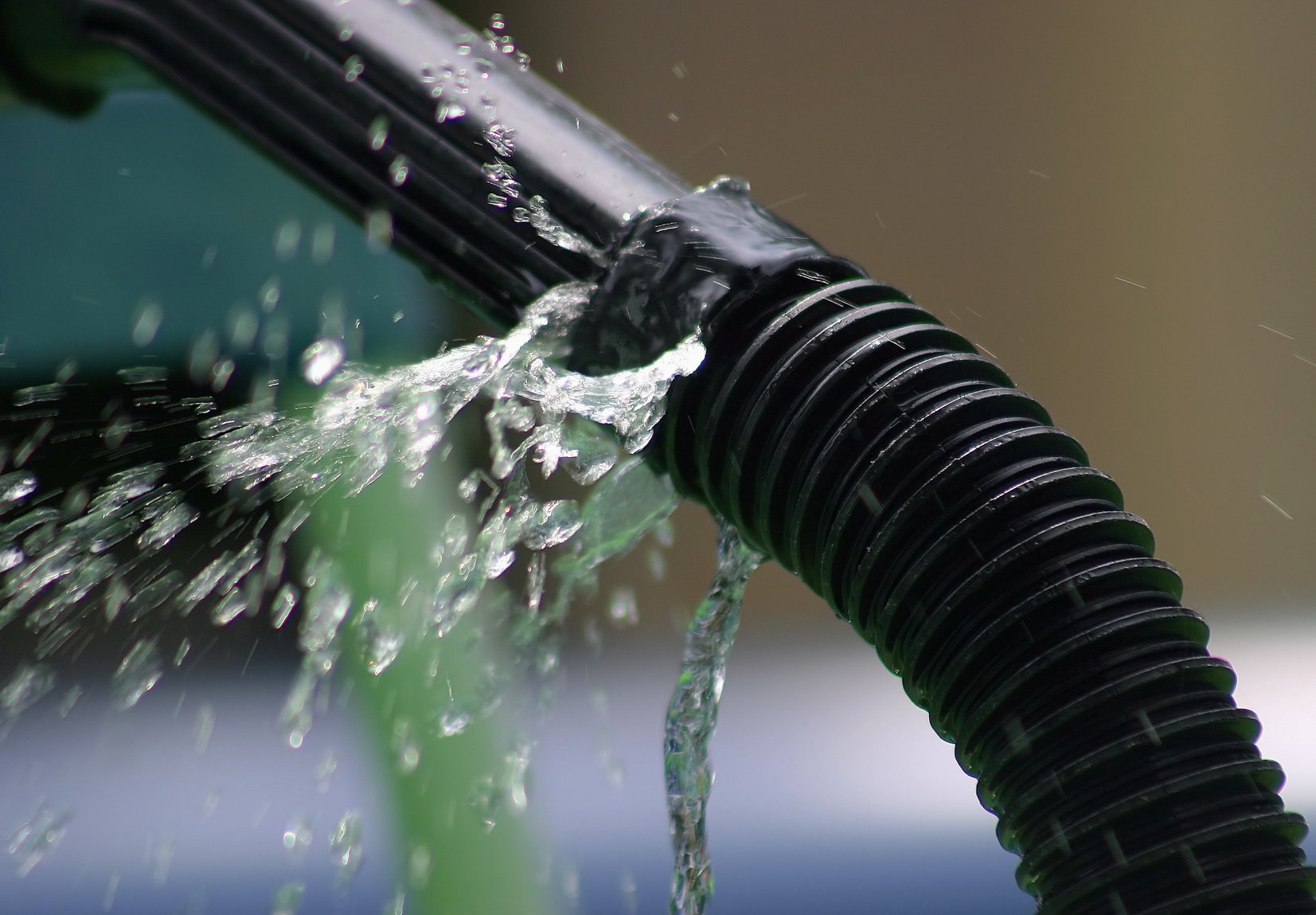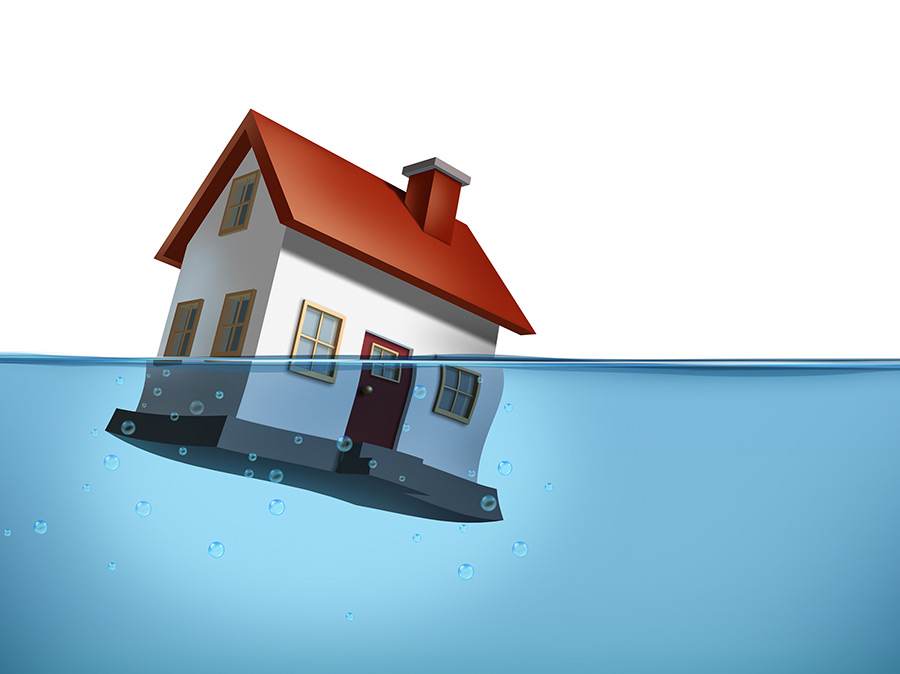Uncover Common Roots of Water Leaks Within Your House
Uncover Common Roots of Water Leaks Within Your House
Blog Article
Have you been in search of information and facts on Common Water Leaks In House?

Leakages not only create waste of water but can also cause unnecessary damages to your home and also promote unwanted organic growth. By looking as well as understanding for day-to-day situations that cause leaks, you can shield your home from future leaks as well as unnecessary damages.
Encroaching roots
Many water leakages begin outside the house rather than inside it. If you notice an abrupt reduction in water pressure, say in your tap, take some time to go out and examine your yard. You might see damp patches or sinkholes in your lawn, and that might imply that tree roots are getting into water lines causing water to permeate out. You can have your plumber look for invasion, especially if you have trees or hedges near your residential property.
Corroded water supply
As time passes by, your plumbing system ages and also corrosion such as corrosion might start gnawing the pipes. This might be the source of discoloration or bending on your pipes. This asks for an assessment with your plumber right away. Consider changing the pipes considering that they are at a greater threat of deterioration than the newer versions if our plumbing system is old.
Defective Pipeline Joints
Pipeline joints can wear away over time, resulting in water leaks. If you have noisy pipes that make ticking or banging sounds, particularly when the hot water is turned on, your pipe joints are probably under a great deal of stress.
Instant temperature adjustments.
Severe temperature level adjustments in our pipes can create them to expand as well as acquire unexpectedly. This expansion as well as tightening may trigger cracks in the pipelines, particularly if the temperature level are below freezing.
Poor Water Connectors
Sometimes, a leakage can be brought on by loose tubes and pipelines that supply your appliances. Usually, shifting is what creates the loosened water Links. You might find when it comes to a washing maker, a pipe may spring a leak as a result of shaking during the spin cycle. In case of a water connections leak, you might observe water running straight from the supply line or puddles around your appliances.
Clogged Drains
Obstructed drains pipes may be annoying as well as inconveniencing, but they can often wind up creating an overflow causing burst pipes. Maintain eliminating any materials that might go down your drains that might clog them to avoid such troubles.
All the above are sources of leaks however not all water leakages arise from plumbing leaks; some leaks might come from roofing system leaks. All leaks must be fixed quickly to avoid water damages.
Leakages not just create waste of water yet can additionally trigger unnecessary damages to your residence and also advertise unwanted natural development. By looking and recognizing for everyday situations that create leaks, you can secure your residence from future leakages and unneeded damage. Today, we will look at six leakage triggers that may be causing your pipes to trickle.
At times, a leakage can be created by loose hoses and pipes that provide your appliances. In instance of a water links leak, you may discover water running directly from the supply line or puddles around your devices.
How To Check For Water Leak In Your Home
How To Check for Leaks
The average household's leaks can account for nearly 10,000 gallons of water wasted every year and ten percent of homes have leaks that waste 90 gallons or more per day. Common types of leaks found in the home are worn toilet flappers, dripping faucets, and other leaking valves. These types of leaks are often easy to fix, requiring only a few tools and hardware that can pay for themselves in water savings. Fixing easily corrected household water leaks can save homeowners about 10 percent on their water bills.
To check for leaks in your home, you first need to determine whether you're wasting water and then identify the source of the leak. Here are some tips for finding leaks:
Take a look at your water usage during a colder month, such as January or February. If a family of four exceeds 12,000 gallons per month, there are serious leaks.
Check your water meter before and after a two-hour period when no water is being used. If the meter changes at all, you probably have a leak.
Identify toilet leaks by placing a drop of food coloring in the toilet tank. If any color shows up in the bowl after 10 minutes, you have a leak. (Be sure to flush immediately after the experiment to avoid staining the tank.)
Examine faucet gaskets and pipe fittings for any water on the outside of the pipe to check for surface leaks.
Undetected water leaks can happen without the home or business owner even realizing. If you suspect a water leak, but not able to find the source. It is time to contact a professional water leak detection service, The Leak Doctor.
How To Find a Water Leak In Your Home
https://www.leakdoctor.com/blog/How-To-Check-For-Water-Leak-In-Your-Home_AE197.html

We were made aware of that editorial on Common Water Leaks In House through an acquaintance on a different website. Enjoyed reading our blog? Please share it. Let somebody else locate it. Many thanks for your time invested reading it.
Timely fixes available. Report this page